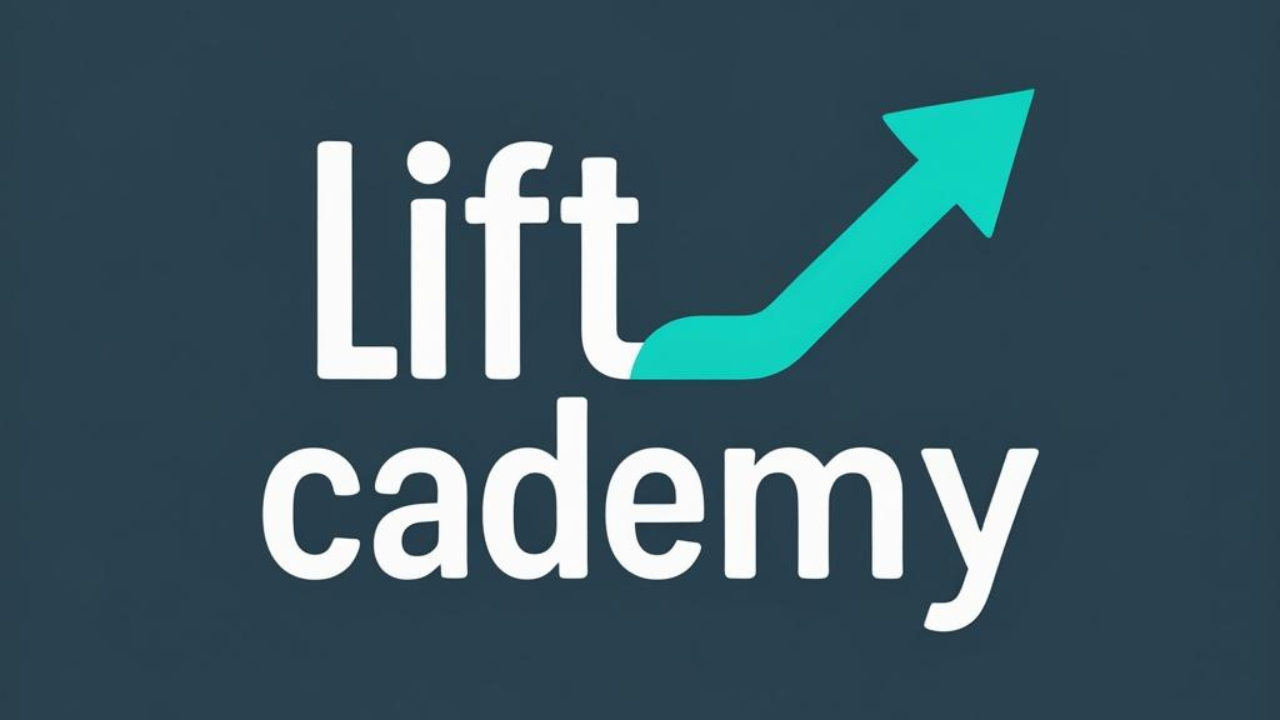Hi doctor,
Welcome to this essential prerequisite session for botulinum toxin — or Botox — treatments.
This is not the hands-on part yet. Before we ever touch a syringe, we need to build a safe and confident foundation, and that’s exactly what we’ll do in this free course.
This is designed for licensed medical professionals who are either brand new to aesthetic neurotoxins or want to refresh their understanding before offering treatments.
Let’s dive into the key principles that every injector must know before doing Botox — clinically, ethically, and practically.
🧠 What Is Botox — and What Exactly Does It Do?
You probably already know this, but let’s say it in plain language.
Botox is a neuromodulator — a purified form of botulinum toxin type A — that temporarily blocks muscle activity where it’s injected.
This allows us to:
- Relax facial expression muscles
- Soften dynamic wrinkles
- Prevent deeper lines from forming
- Gently contour or reshape certain facial zones
We’re not injecting volume. We’re interrupting muscle signals — which means our results depend entirely on dose, depth, and precision.
🎯 What Are the Most Common Aesthetic Indications?
You’ll learn the full injection techniques in the paid modules, but let’s preview the zones we typically treat:
- Glabellar complex (frown lines between brows)
- Frontalis (horizontal forehead lines)
- Orbicularis oculi (crow’s feet)
- Bunny lines (nose scrunch)
- Masseter (jaw slimming or bruxism)
- DAO (corners of mouth)
- Mentalis (chin dimpling)
- Platysmal bands (neck tightening)
Each of these muscles has a different size, depth, and movement pattern — so knowing your anatomy and function is everything.
We’ll go deep into all that in the full training — but you should already be thinking in zones, patterns, and proportions.
✅ Are You Ready to Inject Botox?
Here’s what I always say:
Before you inject, make sure you’re prepared not just technically, but also clinically.
Ask yourself:
- Do I know facial muscle anatomy, including the planes and depths?
- Can I explain what Botox does — clearly and honestly — to my patient?
- Am I confident with aseptic technique, reconstitution, and proper documentation?
- Do I have a protocol in place for complications like ptosis or asymmetry?
- Am I practicing in a country/region where this treatment is allowed under my license?
In this free module, I’ll give you that foundational understanding — because confidence comes from knowing not just how to inject, but why, where, and what to do if something goes wrong.
🛑 What Are the Key Risks You Must Know?
Let me be honest — Botox is not dangerous when done properly, but it’s not risk-free.
Common adverse effects include:
- Bruising
- Headaches
- Asymmetry
- Eyebrow or eyelid ptosis
- Smile imbalance (in midface injections)
- Swallowing difficulty (with platysma or masseter work)
The good news?
Most issues resolve on their own. But patients need to be screened properly, and you must be able to handle post-treatment conversations with clinical professionalism.
I’ll explain all of this in more depth during the training.
🧪 Botox Reconstitution & Dosing — What You Should Know Now
You don’t need to memorize units yet, but here’s what matters:
- Botox comes as a powder — and must be reconstituted properly with saline.
- The amount of saline you add determines the concentration.
- That concentration affects spread, precision, and predictability.
We’ll go step-by-step in the course, including:
- Saline type and volume
- Needle size and injection pressure
- How to avoid contamination or denaturing
Even though this free course won’t show full injections, it’s critical that you already understand how to prep your product properly.
🩺 Patient Assessment — What to Ask, What to Look For
Botox is not one-size-fits-all.
Before you inject, assess:
- Muscle strength and dominance (especially frontalis and corrugators)
- Asymmetry in expression or resting tone
- Brow position at rest and with movement
- Prior Botox use and response history
- Contraindications (pregnancy, neuromuscular disorders, allergies)
I always document baseline photos and go over consent carefully.
In this free training, I’ll walk you through my assessment checklist so your treatments stay consistent, safe, and professional.
📋 Patient Expectations and Education
Many beginners under-explain Botox.
Patients must know:
- It takes 3–7 days to start working
- Full effect appears at around 14 days
- It typically lasts 3–4 months
- Touch-ups are not always needed — and overcorrection is a risk
- The goal is to relax, not freeze — unless the patient specifically wants that look
You’ll learn how to structure the whole patient conversation, but in this module, I’ll help you get comfortable with realistic counseling and common questions.
👨⚕️ Final Thoughts
Starting with Botox can feel intimidating — but it becomes simple, logical, and even artistic once you understand the foundation.
In this free course, you’re not just learning how to inject. You’re learning how to:
- Build clinical trust
- Avoid common pitfalls
- Evaluate patients properly
- Set up a smooth, professional workflow
Your success with Botox depends not on the product — but on your clinical clarity, your judgment, and your respect for anatomy.
This is where we start.
🎓 Want to Learn the Full Injection Techniques?
In the full course, I’ll teach:
- Area-by-area injection maps with live demonstrations
- How many units to use — and where
- How to manage complications and touch-ups
- How to combine Botox with filler, threads, and skincare
- Step-by-step setup, injection, and aftercare
100% online — no hands-on training required. You can learn at your own pace, from anywhere.
👉 Click here to join the full training:
🔗 Enroll in the Complete Botox Injection Course (Insert your Kajabi course link)
Let’s build your injectable skills the right way — with education that’s clear, safe, and proven in practice.
